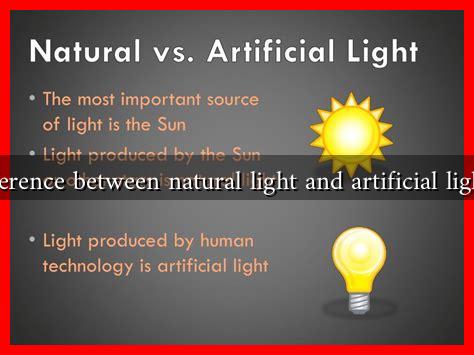-
Table of Contents
Is There a Difference Between Natural Light and Artificial Light in Interiors?
Lighting plays a crucial role in interior design, influencing not only the aesthetics of a space but also the mood and functionality. When it comes to lighting, two primary sources are often discussed: natural light and artificial light. Understanding the differences between these two types of lighting can help homeowners and designers create more inviting and effective spaces.
The Essence of Natural Light
Natural light refers to sunlight that enters a space through windows, skylights, or other openings. It is a dynamic source of illumination that changes throughout the day and across seasons. Here are some key characteristics of natural light:
- Color Temperature: Natural light has a color temperature that varies from warm to cool, typically ranging from 3000K to 6500K. This variability can create different atmospheres in a room.
- Health Benefits: Exposure to natural light has been linked to improved mood, increased productivity, and better sleep patterns. Studies show that natural light can help regulate circadian rhythms, which are essential for overall well-being.
- Energy Efficiency: Utilizing natural light can reduce the need for artificial lighting, leading to lower energy consumption and costs.
The Role of Artificial Light
Artificial light, on the other hand, is generated by electric sources such as bulbs and fixtures. It is essential for illuminating spaces when natural light is insufficient. Here are some important aspects of artificial light:
- Control and Consistency: Artificial lighting provides consistent illumination regardless of the time of day or weather conditions. This control allows for tailored lighting solutions that can enhance specific areas of a room.
- Variety of Options: There are numerous types of artificial lighting, including incandescent, fluorescent, LED, and halogen, each with its own characteristics and applications.
- Design Flexibility: Artificial lighting can be strategically placed to highlight architectural features, artwork, or specific areas, providing designers with greater flexibility in creating desired atmospheres.
Comparative Analysis: Natural vs. Artificial Light
While both natural and artificial light serve essential functions in interior spaces, they have distinct differences that can impact design choices:
- Quality of Light: Natural light is often considered superior due to its ability to create a more vibrant and dynamic environment. It can enhance colors and textures in a way that artificial light may struggle to replicate.
- Cost Implications: Relying on natural light can lead to significant savings on energy bills. A study by the National Association of Industrial and Office Properties (NAIOP) found that buildings designed with ample natural light can reduce energy costs by up to 30%.
- Emotional Impact: Natural light has been shown to improve mood and cognitive function. A study published in the journal Building and Environment found that employees in naturally lit offices reported higher levels of satisfaction and productivity.
Case Studies: Successful Integration of Natural and Artificial Light
Several architectural projects have successfully integrated both natural and artificial lighting to enhance interior spaces:
- The Edge, Amsterdam: This office building is renowned for its innovative use of natural light, featuring extensive glass facades and skylights. The design minimizes the need for artificial lighting during the day, promoting energy efficiency and employee well-being.
- Apple Park, Cupertino: Apple’s headquarters utilizes large glass panels to maximize natural light while incorporating advanced artificial lighting systems that adjust based on the time of day, creating a harmonious balance between the two sources.
Conclusion
In conclusion, the differences between natural light and artificial light in interiors are significant and multifaceted. Natural light offers dynamic qualities that enhance mood and energy efficiency, while artificial light provides control and design flexibility. By understanding these differences, homeowners and designers can create spaces that not only look beautiful but also promote well-being and functionality. The ideal approach often involves a thoughtful combination of both lighting types, ensuring that interiors are well-lit, inviting, and conducive to the activities they support.


